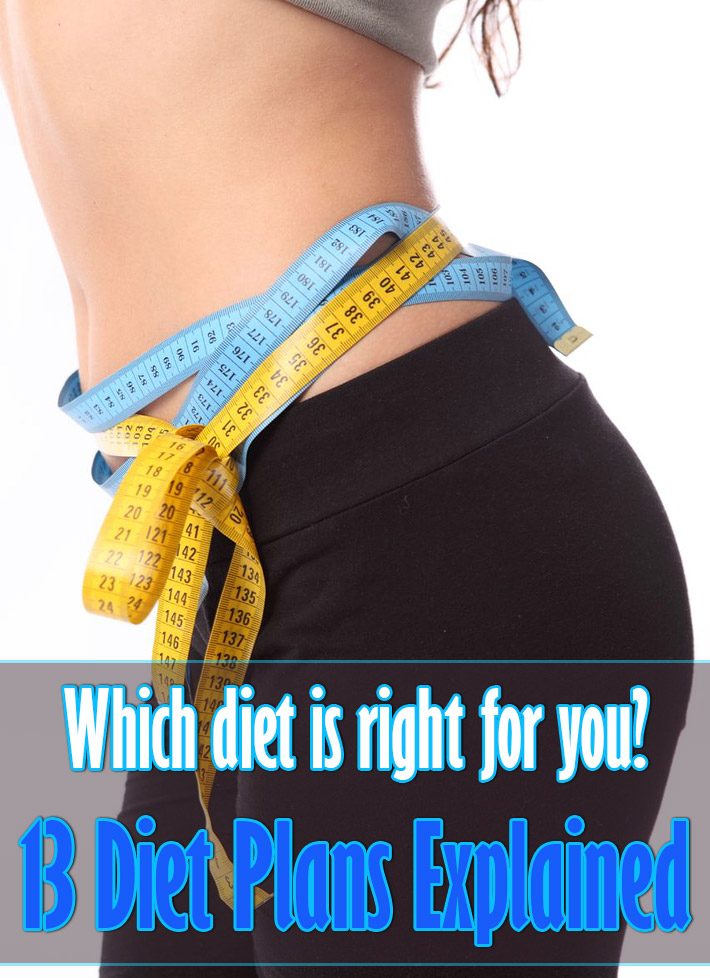
What an incredible time we live in. While our forebears foraged for sustenance, many of us live in a time of abundance as far as food is concerned. No need to spend a few days hunting a mastodon when we’ve got about 13,000 McDonald’s in the United States alone.
According to the World Health Organization (WHO), nearly 2 billion people worldwide are overweight or obese, meaning they have a BMI of more than 25. In the United States, two-thirds are overweight or obese; the good news? Half of Americans are on a diet. But with all of the diets out there — an Amazon search for “diet books” turns up 42,882 options in paperback alone — how do you know which one is right for you as you seek the path to your ideal weight? Here are 13 of the most popular diets in vogue right now; see which one resonates with you.
Atkins Nutritional Plan
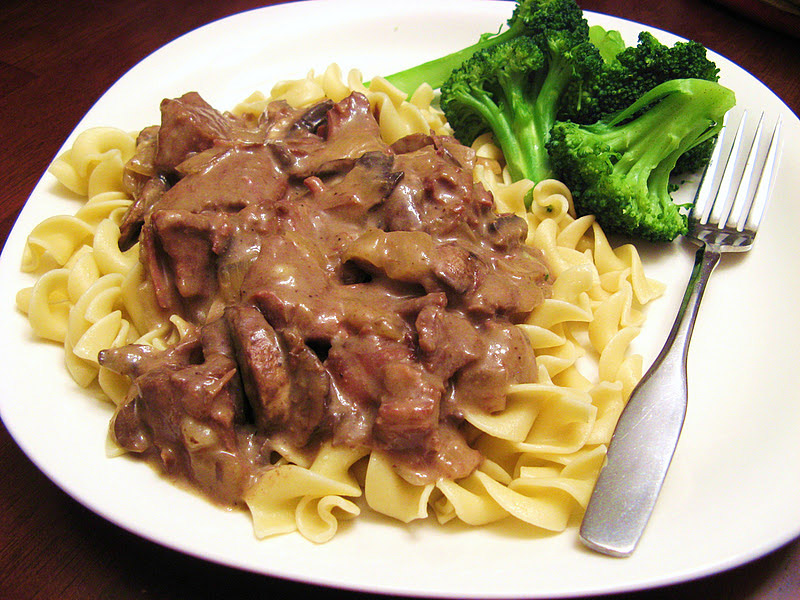
When the Atkins Nutritional Plan, commonly known as the Atkins Diet, first took the dieting set by storm, healthy oatmeal-eating breakfasters were suddenly sharing meals with friends living on bacon and eggs … and who were dropping weight like crazy. Steak-lovers could finally give up on futile efforts to lose weight through the tedious consumption of low-calorie foods thanks to Robert Atkins’ book, Dr. Atkins’ Diet Revolution, which climbed the bestseller list and settled in for an extended stay at the top.
Simply put, the plan is based on the idea that carbohydrates are diet enemy number one, and that by drastically reducing carbs and eating more protein and fat, we burn stored body fat more efficiently and lose weight thanks to the biological process known as ketosis. The Atkins Diet promises not only hunger-free weight loss, but also better heart health and memory function, as well as other wellness benefits. Some otherwise healthy foods are restricted or limited, while meat and fat are acceptable.
And while it has proven to be an effective way to shed pounds, some studies have found that low-carb diets can increase heart attack risk. (Is it any wonder?)
Blood Type Diet

The Blood Type Diet urges people to eat certain foods and avoid others based on their blood type. Peter J. D’Adamo, the author of “Eat Right for Your Type: The Individualized Diet Solution to Staying Healthy, Living Longer & Achieving Your Ideal Weight,” maintains that blood types affect the digestive system and that your food should be determined by whether you have type O, A, B or AB blood.
For example, since blood type O is humanity’s oldest bloodline, D’Adamo contends that the digestive tract retains the memory of ancient times and thus these metabolisms will benefit from lean meats, poultry and fish, with restricted grains, breads, and legumes, and that O-types will benefit from vigorous exercise. Likewise, the “modern” blood type AB set is said by D’Adamo to have a sensitive digestive tract and should steer clear of chicken, beef and pork and instead indulge on seafood, tofu, dairy and most produce — as well as engaging in calming exercises.
The consensus among many experts is that the theory is unsupported by scientific evidence; that said, the diet may suit people looking for a plan that doesn’t require the tracking of calories or fat grams.
DASH Diet

Developed by the National Heart, Lung, and Blood Institute to help prevent and control blood pressure, the Dietary Approaches to Stop Hypertension (DASH) diet, has landed in first place in the annual rankings released by U.S. News & World Report three years in a row.
The beauty of this diet is that is goes above and beyond lowering hypertension and has proven to be a great weight-loss diet as well. The diet is rich in fruits, vegetables, whole grains, and low-fat dairy foods and also includes meat, fish, poultry, nuts and beans. In addition to its effect on blood pressure, it is designed to be a well-balanced approach to eating for the general public. Unlike many other diet plans, there are no restricted food groups, although sugar-sweetened foods and beverages, red meat, and added fats are limited. The DASH Diet is now recommended by the U.S. Department of Agriculture (USDA) as an overall ideal eating plan.
Dukan Diet
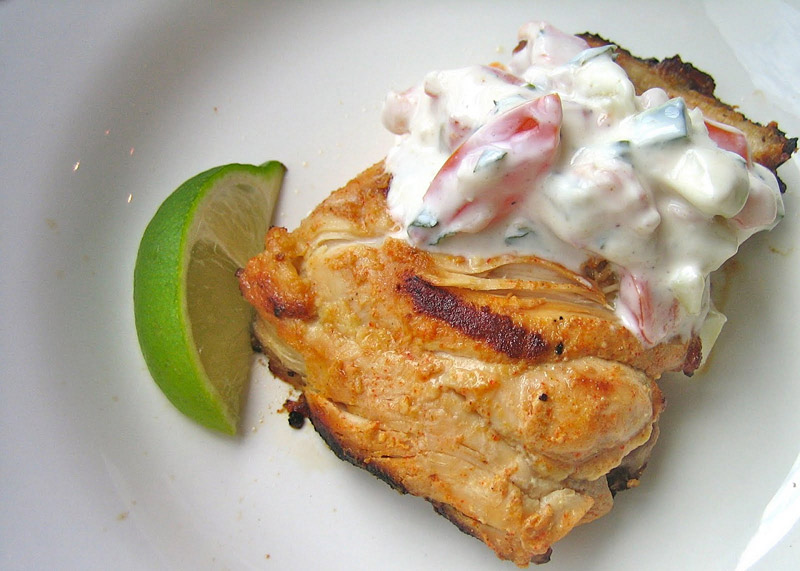
Another of the protein-based diets, the Dukan Diet is the brainchild of French doctor Pierre Dukan. Although Dukan has been promoting his eat-like-the French diet for more than 30 years, it wasn’t until the publication of his book in 2000, “The Dukan Diet,” that the diet became all the rage. The book was released in the United States in April 2011, and has sold more than 10 million copies globally. When Kate Middleton’s mom mentioned her success with the plan, the diet’s “craze” status was sealed.
The diet works as a four-phase, high-protein, low-calorie diet plan that includes 100 sanctioned foods. There are no pre-set meals, weighing foods or counting calories. The first phase includes mostly protein, and in fact, protein is the basis in all four phases, along with oat bran and copious amounts of water.
Vegetables are allowed in the second phase, followed by small amounts of fruit and whole grains. Phase four is designed to maintain the weight loss, and is the most flexible of the stages. The Dukan Diet is similar to the Atkins Diet, but with limited fats and oils, relatively lower calorie counts, and the addition of daily oat bran.
Gluten-free diet
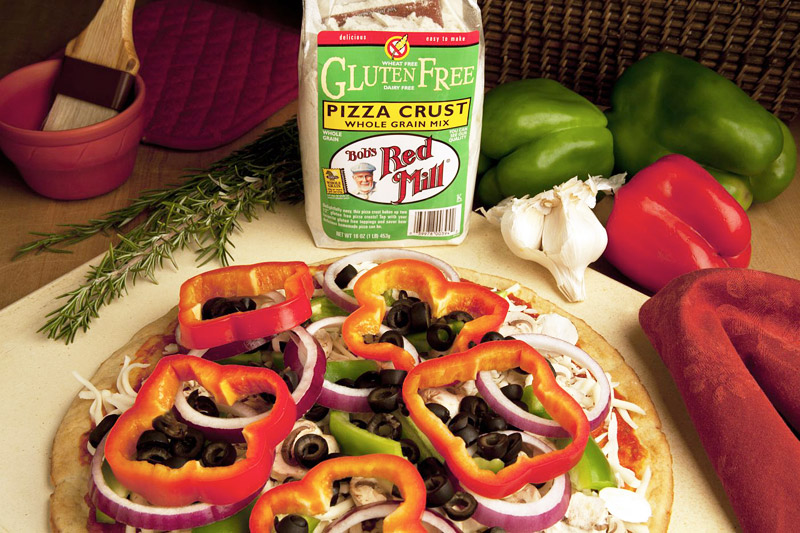
Over the past decade, going gluten-free has become the trendy fast-track to boosting health and losing weight; it has also been touted as a way to better cope with ADHD, autism, headaches and other conditions.
A gluten-free diet is one that excludes gluten, a protein found in grains such as wheat, barley and rye. Avoiding gluten is required for those with celiac disease, for whom gluten causes inflammation in the small intestines and often leads to other health issues. About 1 percent of the U.S. population has celiac disease, while another 10 percent have non-celiac gluten intolerance. For these people, avoiding gluten isn’t about losing weight, it’s about not suffering the ill effects that gluten causes for them.
Many people who don’t have any problems with gluten believe that going gluten-free is intrinsically healthy anyway. For some this may be true, but experts warn that the diet is hard to follow and can be nutritionally problematic for people who have no medical reason to be on it. Many gluten-free products on the market can be unhealthy because of the added sugar and fat that stands in for gluten. In addition, gluten-free products are less often fortified with the iron and essential hard-to-get vitamins than regular bread products can contain.
Mayo Clinic Diet
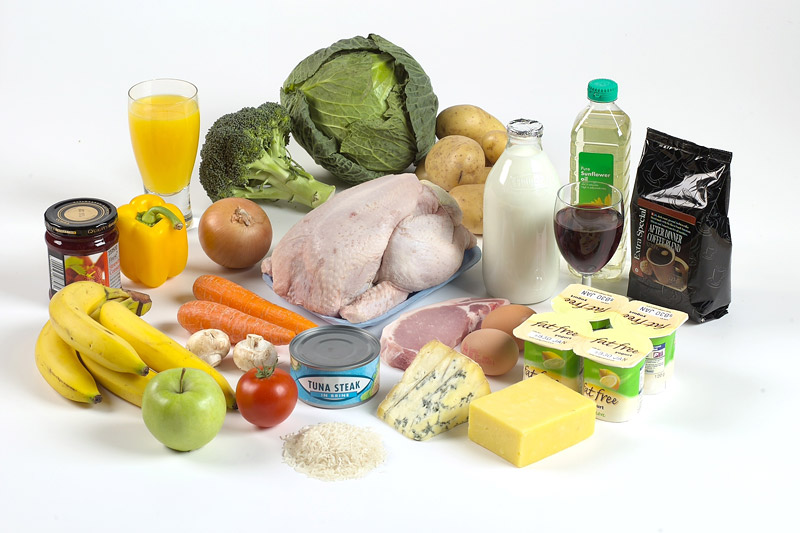
There once was a Mayo Clinic Diet that wasn’t really from the highly-regarded Mayo Clinic; it was an imposter. The bogus diet is a low-carb, high-fat plan that ascribes miraculous powers to grapefruit … and comes with the promise of an astounding 50- to 55-pound weight loss.
What was the Mayo Clinic to do? Create a legitimate Mayo Clinic Diet, of course. This one, based on expert research and sound science, is designed to help people lose weight in a healthful way, while developing good lifetime habits.
Based on the clinic’s Healthy Weight Pyramid, which is similar to the U.S. government’s food pyramid, the plan leads the dieter through two phases. The first phase focuses on 15 key habits, doesn’t require calories counting, and allows the dieter to snack to her heart’s content on fruits and vegetables. In the second part, the plan describes how many calories the dieter should eat either to lose or to maintain weight and where those calories should come from. No food group is completely off-limits, however artificial sweeteners, alcohol and sweets are not permitted during the initial, quick-start portion of the plan. (After that, they are limited to an average of 75 calories per day.)
Mediterranean diet
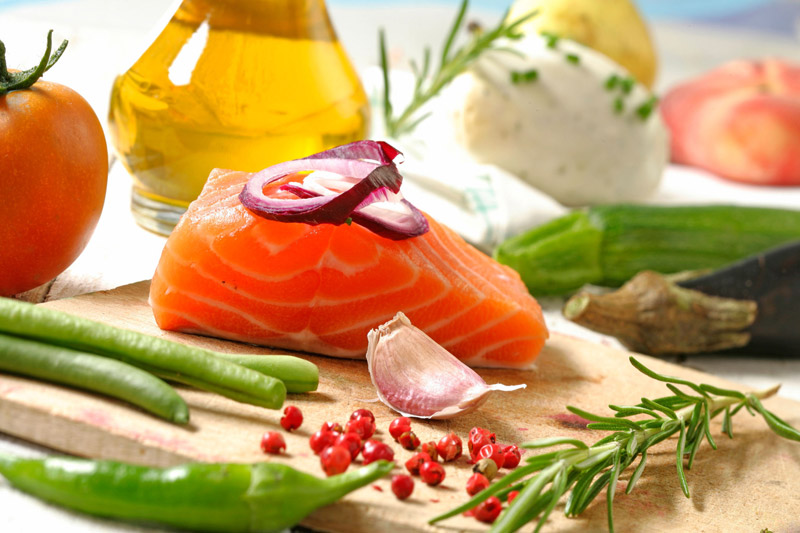
The Mediterranean diet is not a meal and exercise plan laid out in a book, rather, it is an overall nutritional approach and lifestyle inspired by the traditional dietary patterns of Italy, Greece, Spain and Morocco. For millennia, inhabitants of the Mediterranean coast have led healthy lives with decreased chance of chronic disease, thanks to a reliance on plant foods like vegetables, fruits, beans, whole grains, nuts, olives and olive oil along with some cheese, yogurt, fish, poultry, eggs and wine. These foods form the basis of the plan and provide an abundance of micronutrients, antioxidants, vitamins, minerals and fiber.
This diet was first introduced in the 1940s by an American doctor, Ancel Keys. But it wasn’t until the 1990s that the diet was widely popularized. Although there is no single, official Mediterranean diet, there are countless books by different authors promoting the concept. Most of the foods involved are fresh, seasonal whole foods — with few processed food options. Preparation methods tend to be simple; foods are rarely deep-fried, and only small amounts of saturated fat, sodium, sweets and meat are included.
Paleo diet
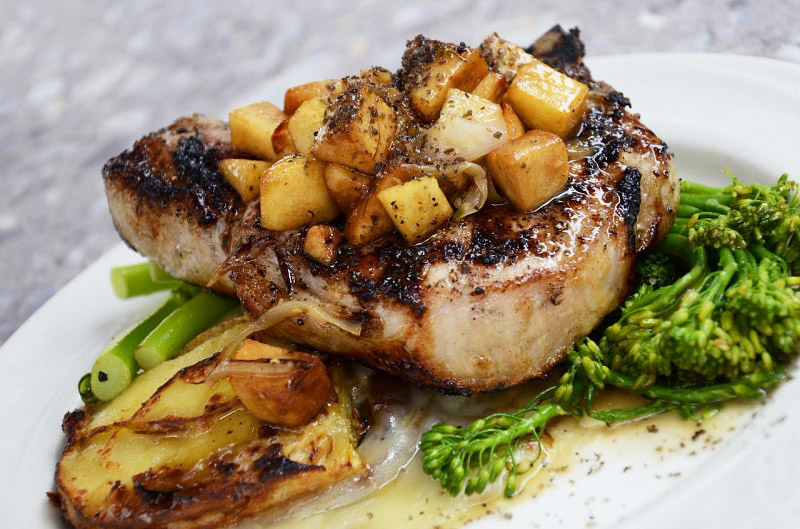
The paleolithic diet, also known as the paleo diet, caveman diet, Stone Age diet or hunter-gatherer diet, was first popularized in the 1970s by gastroenterologist Walter L. Voegtlin, and has since been adapted by a number of others, including Loren Cordain. The diet plan puts the eater in their best Fred and Wilma mode, allowing them to dine on fresh meats, fish, seafood, fresh fruits, vegetables, seeds, nuts and healthful oils. Basically, if our ancestors ate it during the Paleolithic era, before the development of agriculture and grain-based diets, you can too. That means, no grains, legumes, dairy products, potatoes, refined salt, refined sugar and processed oils.
The idea is based on research that hunter-gatherers typically were free from the chronic illnesses and diseases that are epidemic in Western populations. Although on paper it seems pretty sensible, the latest U.S. News & World Report ranking of diets placed it at the bottom of the list, rating it low for weight loss, heart health and ease of use.
Raw food diet
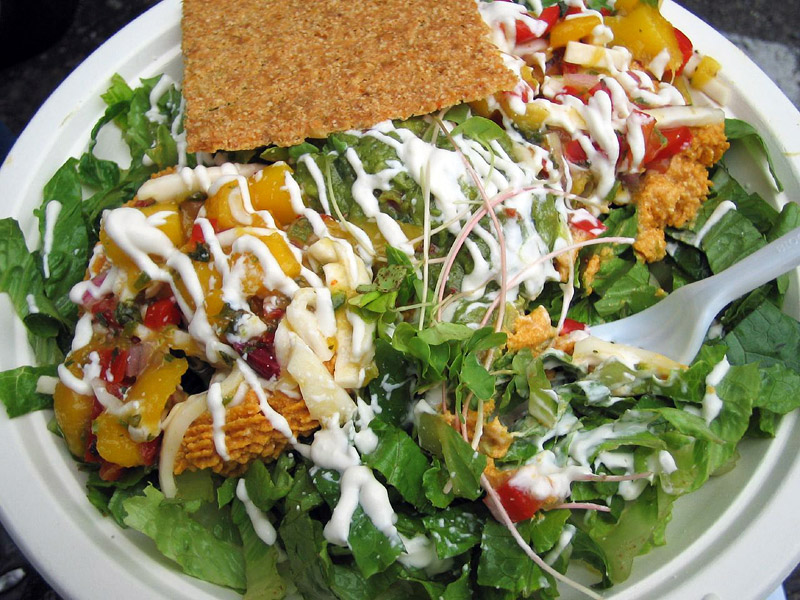
The premise behind the raw food lifestyle is that heating food above 115 degrees Fahrenheit destroys important living enzymes and other nutrients. Proponents of raw food believe that by preserving the living elements of the food that we eat, degenerative disease is prevented, aging is slowed, energy enhanced and emotional well-being is boosted.
There is no strict meal plan; you just eat raw food, typically, about 75 to 80 percent of what you eat should be uncooked plant-based foods. Staples include fruit and vegetables, sprouts, seeds, nuts and nut butters, cold-pressed extra-virgin olive oil, raw virgin coconut oil, raw coconut butter, and freshly squeezed juices. Dehydrated foods are acceptable, and the use of a home food dehydrator can help alleviate the tedium of raw food textures. Many health and specialty stores also sell raw products, such as dehydrated crackers and chips. Although the reliance on nuts, coconut oil, and avocado can be caloric, people generally lose weight on a raw food diet since calorie intake usually is reduced.
South Beach Diet
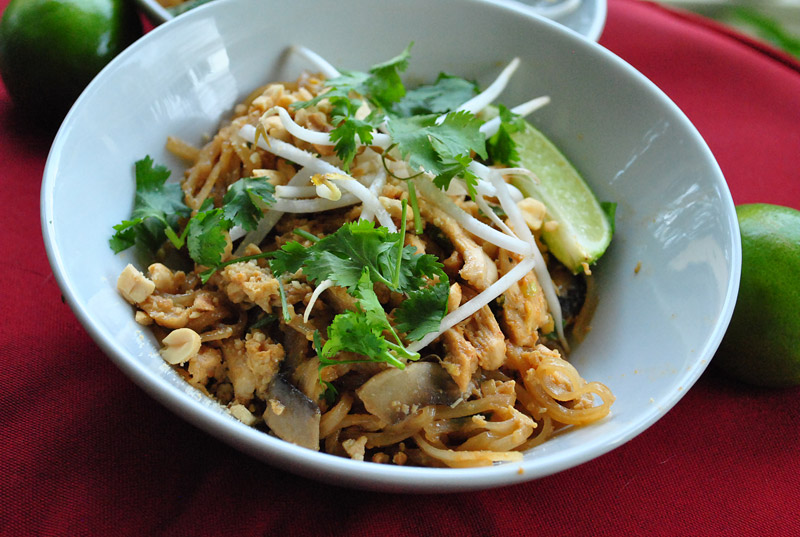
Created by cardiologist Arthur Agatston and dietician Marie Almon, the South Beach Diet is the happy medium between low-fat diets and high-protein diets — although it ultimately leans more toward the protein-happy side of things. It is based on the premise of replacing “bad carbs” (like refined ones) and “bad fats” (like trans fats) with “good carbs” (like whole grains) and “good fats” (like omega-3). That said, carbs such as potatoes, fruit, bread, cereal, rice, pasta, beets, carrots and corn are forbidden at first, and some are discouraged forever.
Like many diets, the South Beach Diet comes in phases, this time three of them. The first phase bans all sugars, processed carbohydrates, fruits and some higher-glycemic vegetables as well. By the third phase, the dieter will have mastered the foundation and be able to maintain the diet changes and weight loss indefinitely.
Vegan diet
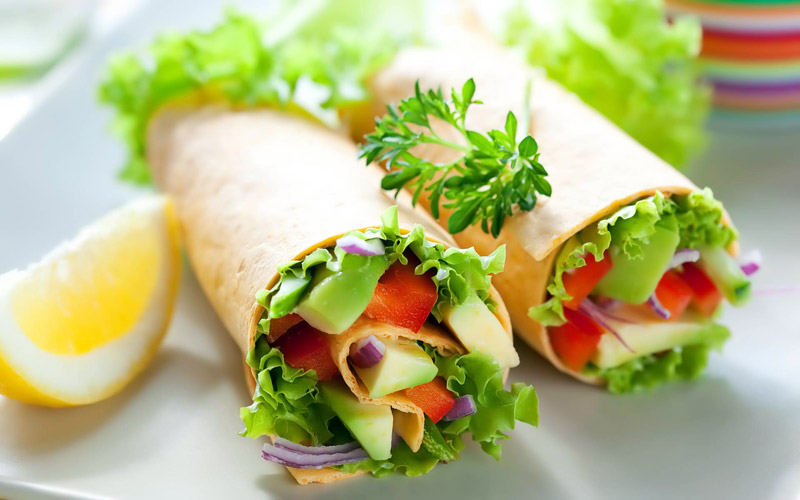
While a vegetarian diet often includes animal products that aren’t flesh (eggs and milk, for example), a vegan diet excludes anything that ever had anything to do with an animal (although many simulated animal products, like soy cheese and vegetable protein meat, are available). Many people who choose a vegan diet are animal lovers who reject eating animal products for ethical reasons. A vegan diet can lower one’s carbon footprint as well.
Studies confirm that vegans tend to eat fewer calories, weigh less, and have a lower body mass index than their omnivorous counterparts. Eating a lot of produce and whole grains leads to the feeling of fullness with fewer calories. But there are plenty of processed foods that fall into the vegan category, which can be a problem if protein and fiber are being replaced with, say, French fries. Also, eliminating animal-based food products may leave vegans vulnerable to deficiencies in calcium, vitamins B-12 and D — however, with a little planning, these are easily added back to the diet.
Weight Watchers
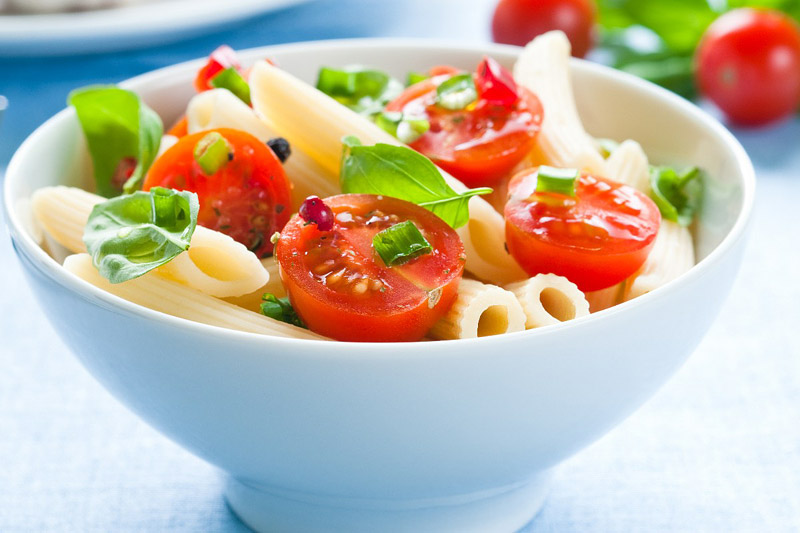
In the early ’60s, Weight Watchers founder Jean Nidetch began inviting friends into her Queens home every week to discuss how best to lose weight. Fast-forward half a century, and the diet club has blossomed into 50,000 meetings each week in countries all over the world.
As much support group as eating plan, Weight Watchers owes its success not only to its points-based system, but to the motivation and empowerment it provides. The old points system worked on a straight per-calorie basis, with members allowed a certain amount of points for which they could spend eating in whatever way they chose. A revamped points system, Points Plus, now assigns higher point values for calorie-dense foods with more fat and simple carbs, while protein- and fiber-rich foods get fewer. Fresh fruits and non-starchy vegetables are allowed in unlimited quantities. The plan encourages people to eat a wide variety of healthy foods — split between three meals plus snacks, within an individualized calorie level.
17 Day Diet
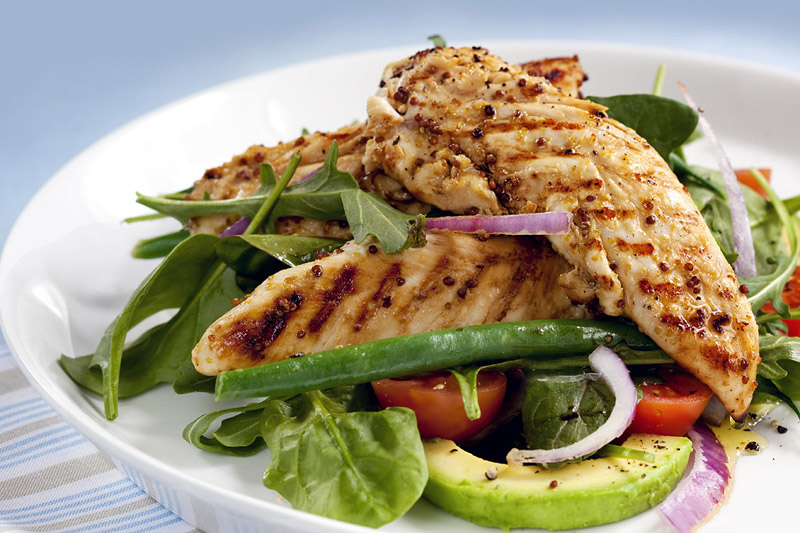
Based on physician Michael Rafael Moreno’s 2011 book, “The 17 Day Diet: A Doctor’s Plan Designed for Rapid Results,” the 17 Day Diet is divided into, three 17-day cycles followed by a final maintenance phase. While the plan doesn’t completely nix certain foods, there are suggestions and restictions.
The first phase is a low-carb, high-protein stint of only 1,200 calories; the following stages mix up the eating and exercise regimen to create “calorie cycling” — which is conceived as a way to keep the metabolism revved up and to avoid the dreaded plateau. While this theory may not be scientifically proven, the balanced meals and exercise provide a sensible way to shed the weight.
“Everyone wants fast results and the calorie confusion of this plan burns fat, achieves weight loss results, and helps dieters avoid boredom,” says Moreno. So if you tend to get bored on diets, this one may have your name on it.
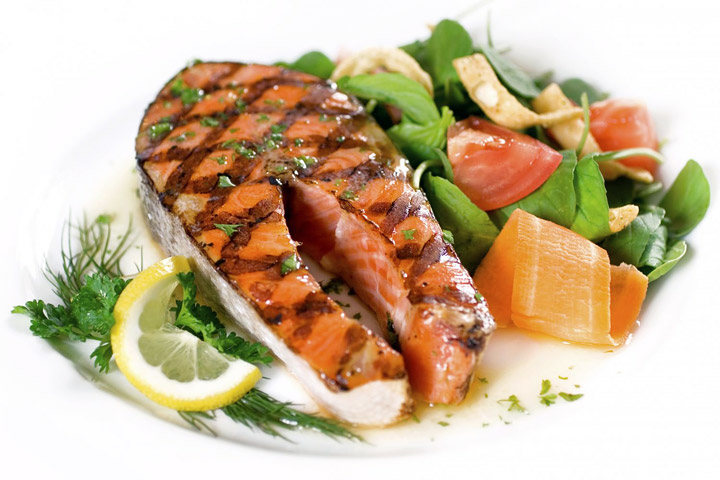


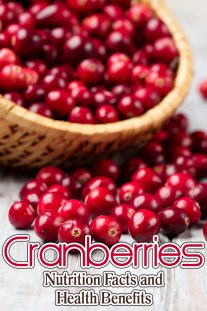

Leave a Reply